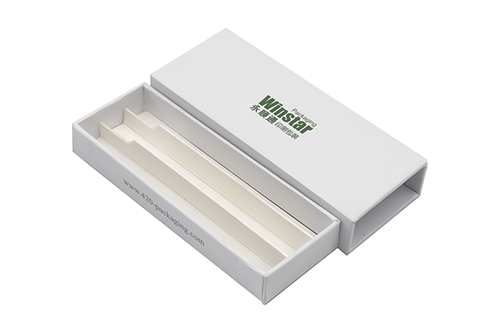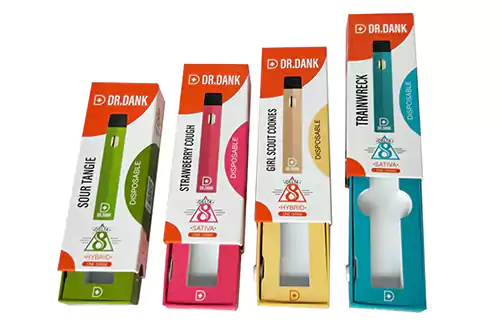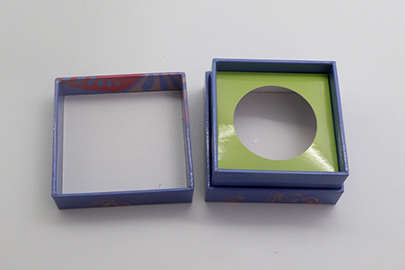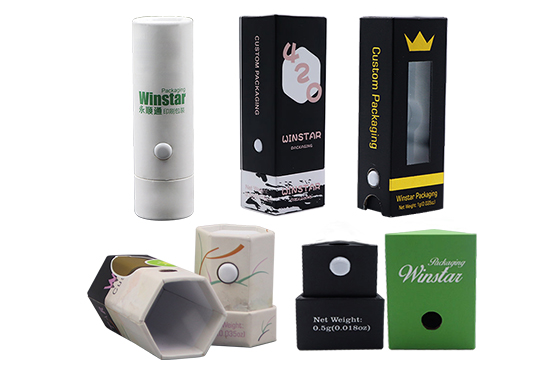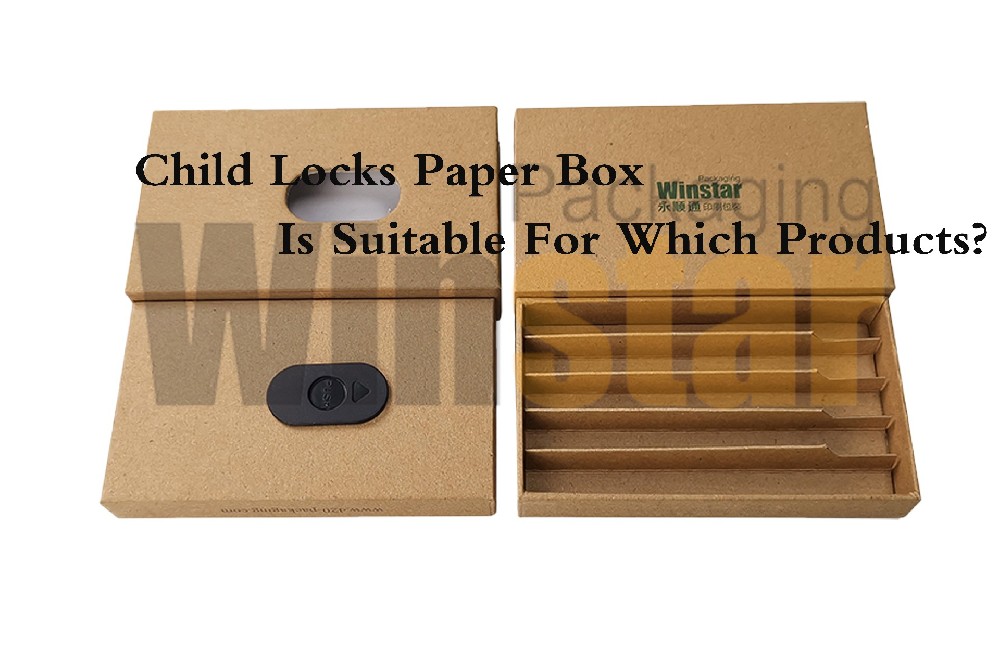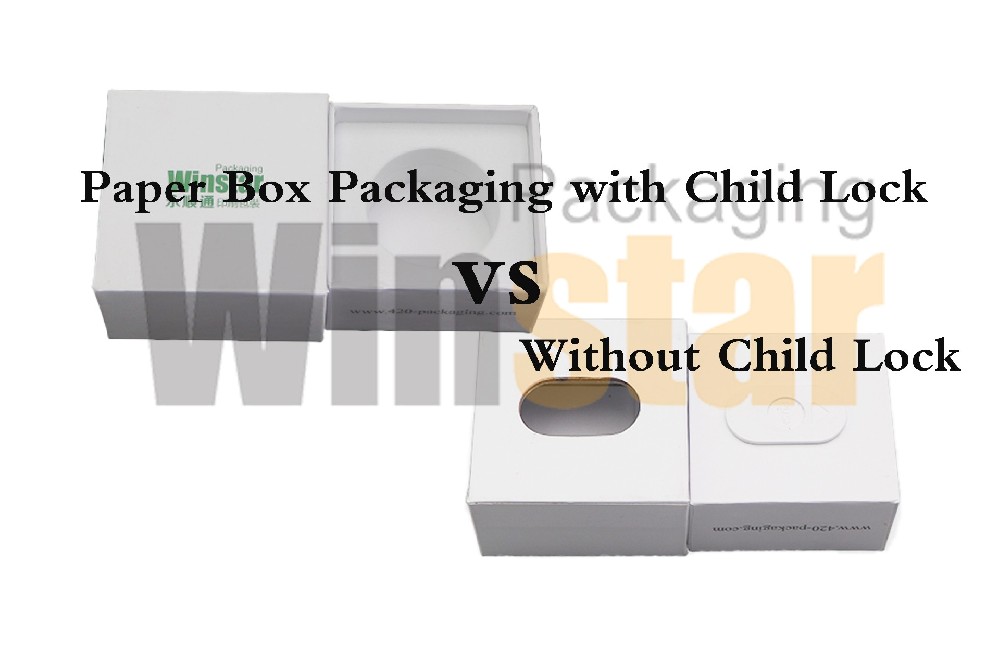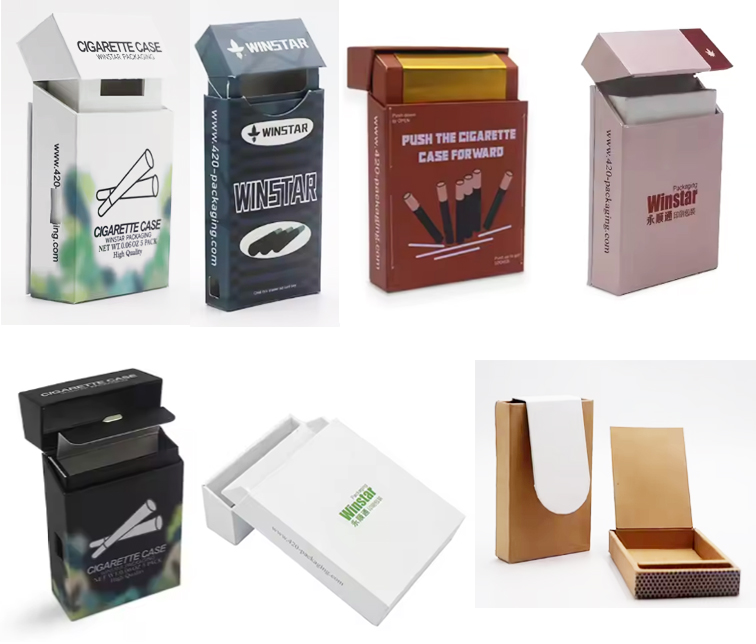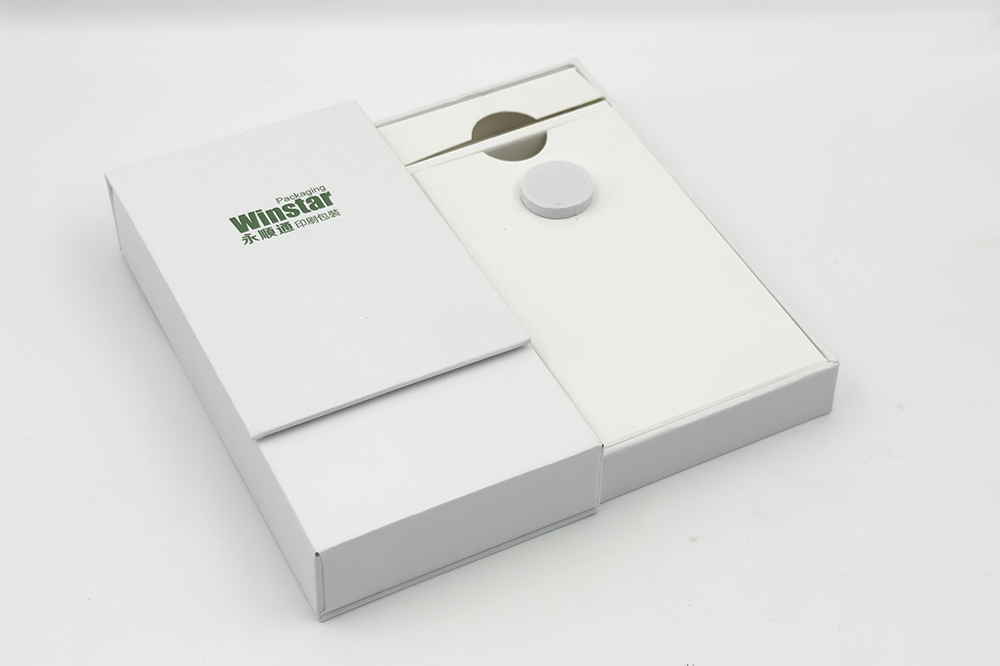When it comes to safeguarding products from the curious hands of children, terms like "child-resistant" and "child-proof" are often used. Although these terms may seem similar, they convey significantly different levels of security. Understanding the distinction between these two can help parents and caregivers make informed decisions about the safety measures they choose for their homes and the products they use around children. Let's explore the differences between child-resistant and child-proof.
Child-Resistant
Child-resistant packaging or products are designed to reduce the risk of children under five years old gaining access to potentially harmful contents. This does not mean that it is impossible for children to open them, but it is significantly more challenging. Child-resistant mechanisms may include:
Safety Caps: Often used on medicine bottles, these caps require a specific action, like pushing down while turning, which can be difficult for young children to manage.
Complex Locks: Some products, especially those used for household cleaning or chemicals, feature locking systems that require multiple actions to open, such as squeezing and twisting simultaneously.The effectiveness of child-resistant designs is tested by standards set by regulatory bodies such as the U.S. Consumer Product Safety Commission (CPSC). These standards typically involve testing groups of children to see if they can open the packaging within a certain time frame. If a significant percentage of children cannot open the container, it is classified as child-resistant.
Child-Proof
Child-proof, on the other hand, implies an absolute level of security — a safeguard so robust that it should be impossible for a child to breach it. However, the term "child-proof" can be misleading as it suggests an infallible system, which in reality, is exceedingly difficult to achieve. Most products on the market do not offer guarantees of being completely child-proof because children’s abilities and ingenuity can sometimes overcome designed safety features. Therefore, the term "child-proof" is used less frequently by safety regulators and manufacturers due to the unrealistic expectations it sets.
Practical Implications
For parents and caregivers, understanding these terms can significantly impact the choices they make:
Medications and Chemicals: Always opt for child-resistant packaging and keep such items out of reach and sight of children, regardless of the packaging’s features.
Furniture and Home Safety: While furniture or home products might not be marked explicitly as child-resistant or child-proof, securing them (e.g., anchoring furniture to walls, using safety gates) is crucial to prevent accidents.
Toys and Tools: Ensure that any potentially dangerous tools or toys that could pose risks are stored securely in child-resistant containers or areas that children cannot access.
Conclusion
While no product can be guaranteed as completely child-proof, understanding the effectiveness and limitations of child-resistant designs can help manage risks appropriately. It is essential for manufacturers to continue improving safety features to keep pace with the evolving capabilities of children. For parents and caregivers, combining these products with vigilant supervision and proactive household safety measures is the best strategy to protect young ones from harm.

